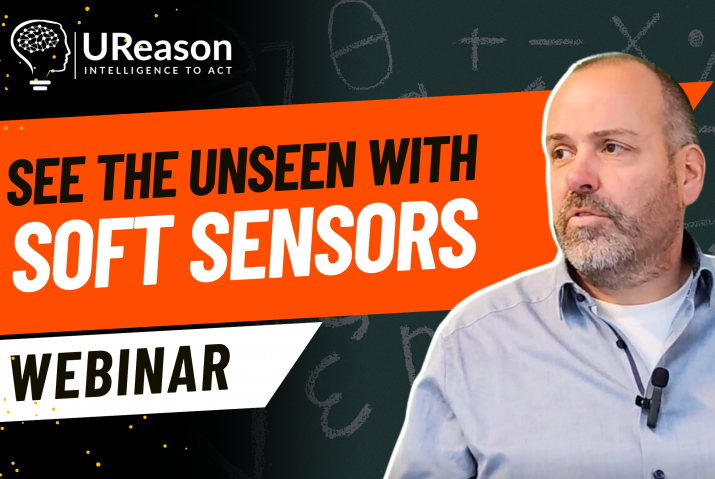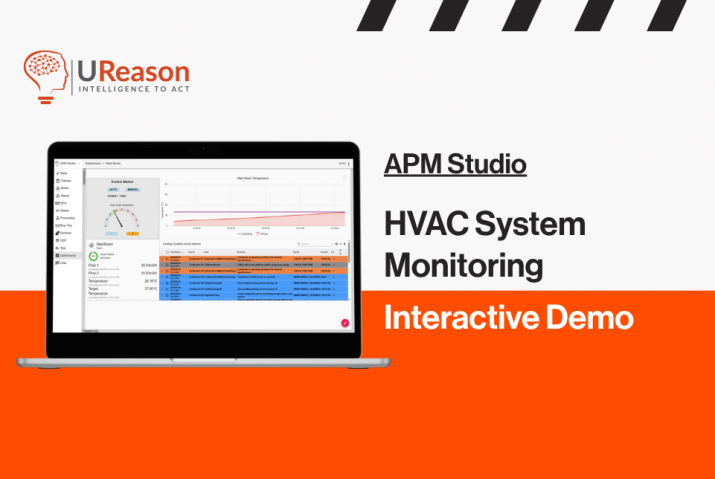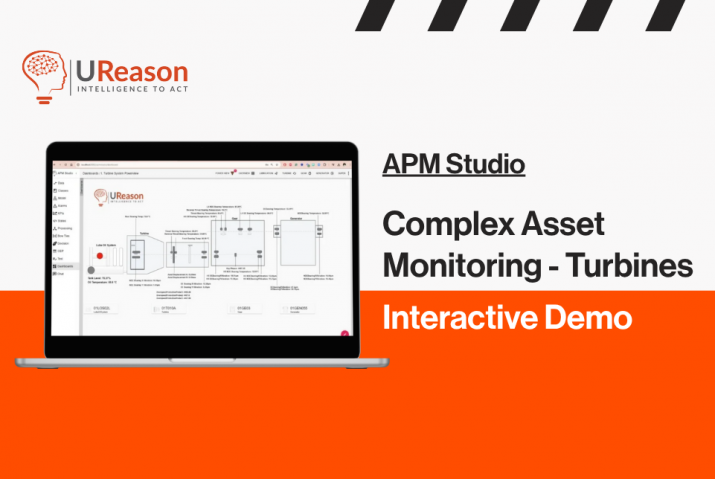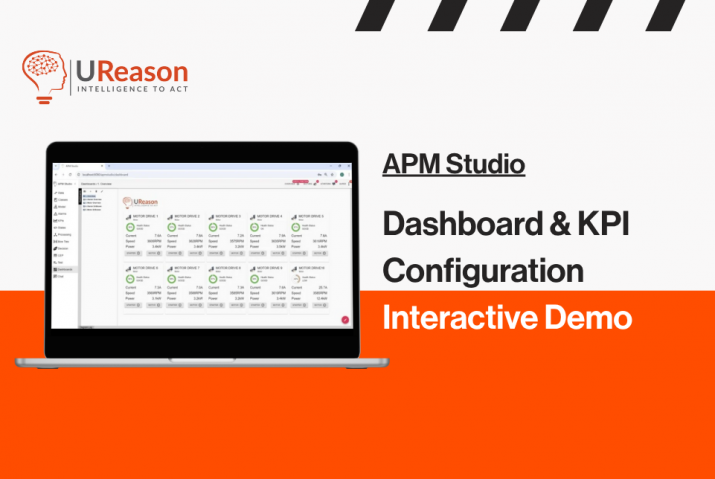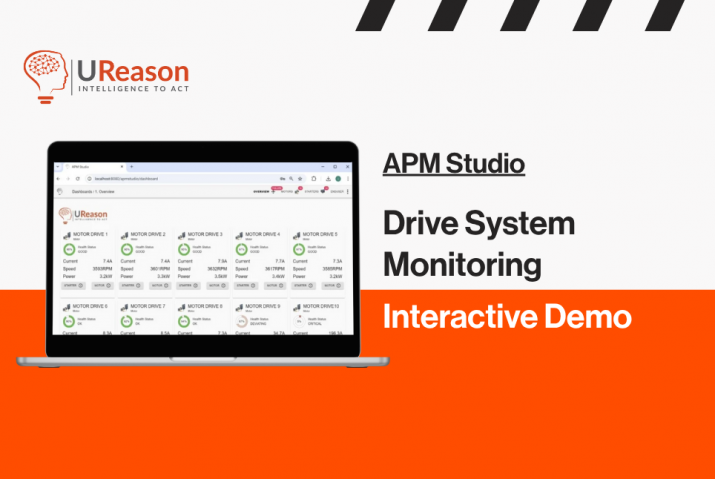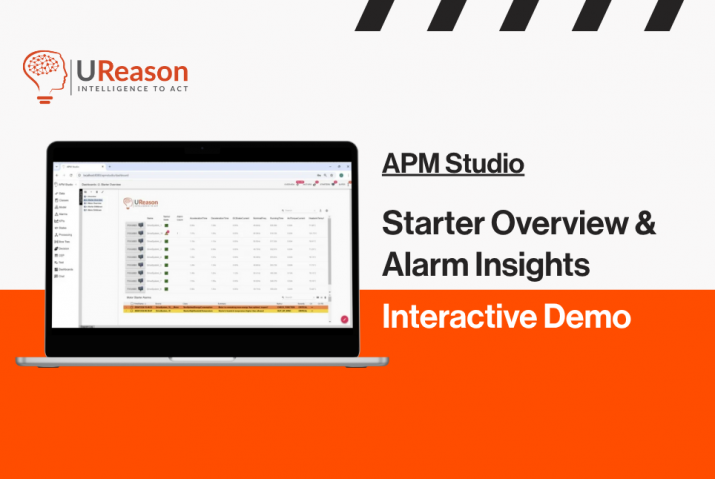For at least a decade, maybe more, we’ve been hearing about Industry 4.0 and the Industrial Internet of Things. We heard how it will revolutionize the operation of industrial plants, both process and discrete. We have heard how the Internet of Things will revolutionize life as we know it, and spill over as the Industrial Internet of Things. But ask yourself if Industry 4.0 has made your life, or work different and better, as promised. Yes? No? Maybe so?
If you are like most people, you work in an industry that has been trying to make its 75-year-old infrastructure last another 20 or 30 years at least. Almost all refineries and chemical plants in North America and Europe were built between 1920 and 1980. South America, Africa, the Middle East, and India have their share of aging facilities, as does China. These plants were designed to do a few simple things, do them well, and almost never stop doing them. And they still work the way they were designed.
The Industry 4.0 promoters talk about how the future is going to be more agile, and how plants need to be made to be capable of changing production on a small coin. But most of the industrial plants we work in would have to be torn down and rebuilt from the concrete pads up in order to do that. It would be interesting to see what would happen if one of the supermajors tried to do that. It is likely that senior management heads would roll.
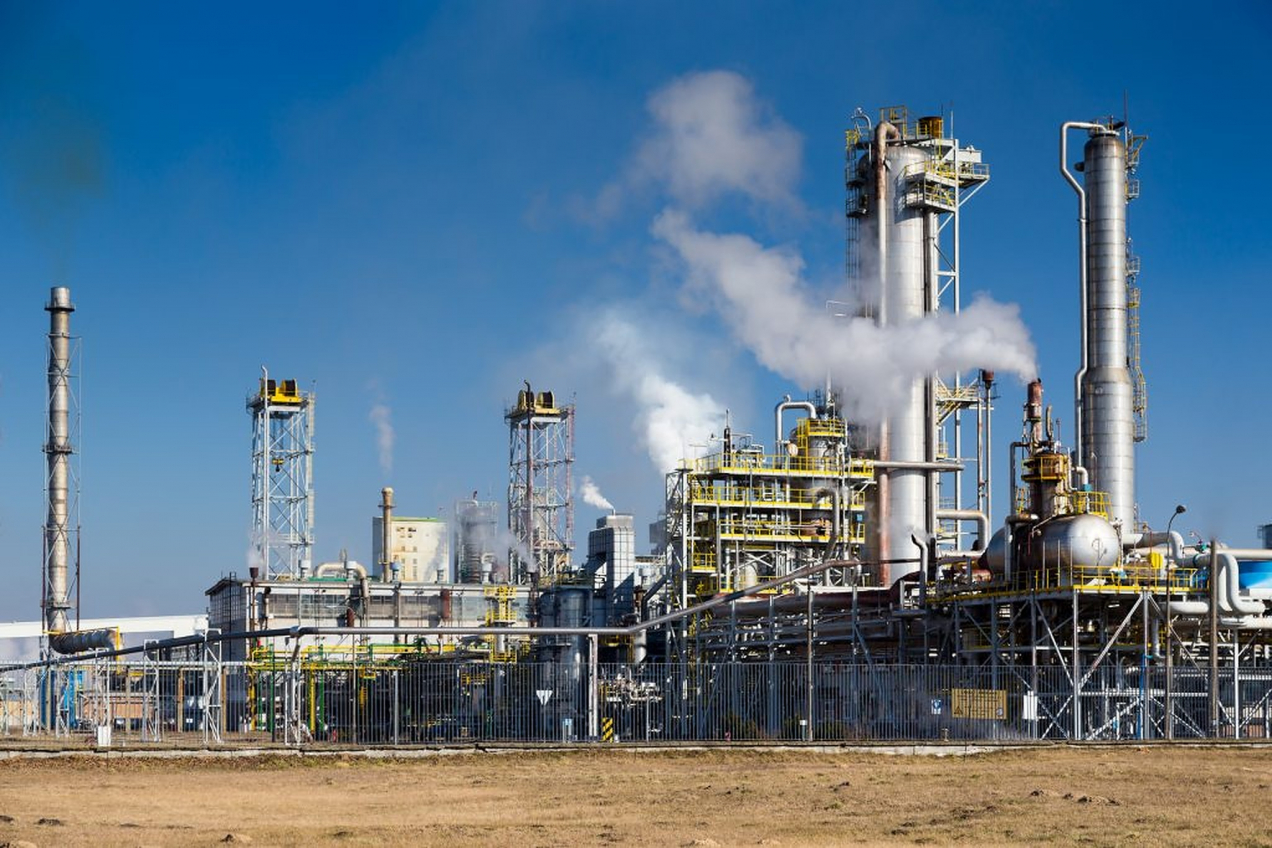
There is no question that new construction refineries, pipelines, chemical plants, and other industrial infrastructure will be built according to Industry 4.0 principles. Why? Because the ideas are sensible, and they appear to work. But what about the rest of us? What about those of us who go to work every day at a plant that was built in 1963? What can we do to keep the lights on, and the product rolling out the back of the plant?
Well, we can work on making the plant work better, doing what it was designed to do. There are some practical things that plant operators and plant maintenance departments can do that come right out of Industry 4.0. Let’s call it Practical Industry 4.0.
The single biggest cost to run a refinery or process plant is the cost of unplanned shutdowns. The most practical thing we can do is to work to keep unplanned shutdowns from happening, and to make them less catastrophic when they do. One of the Practical Industry 4.0 findings is that we already have data that we need to become a data-driven plant. We don’t have to set up a huge data center, or have data scientists to work with it, either.

Fact is, one of the job categories that is generally lacking at process plants is “data scientist.” And data scientists are going to be thin on the ground for a very long time. What you need to do is to think about your data and what you can do with it.
For example, one of the largest contributors to unplanned shutdowns on process plant sites and refineries is control valve failure. We already know this. We probably have a pretty good list of control valves that are known “bad actors,” too.
The problem is that you don’t often go look at your control valves, even the ones on the bad actors list. Too many other things to do, not enough people to do them with, and just not enough time in the day to do everything. But these valves keep failing. They keep sticking. They lose linearity. The actuators bind. The trim corrodes and dissolves. And you get the dreaded 3 AM phone call— “The plant is down!”
But what happens if you do a little Practical Industry 4.0? What happens if the IIoT hype can actually be used? If you were to concentrate on the “bad actors,” that can give you a huge boost toward higher productivity and fewer unexpected shutdowns. You already have all the data you need to figure this out. And you can use a simple app to do it. You need some simple data: setpoint and valve position data from the control valve controller, and if position feedback isn’t available, additional data on controlled measurement flow/level/pressure/temperature and environment is needed. No additional hardware or sensors are required, just what you’ve already got.
You can use UReason’s Control Valve App —a simple, stand-alone app that will take the data you already have and use it in an AI-based analysis engine to tell you which control valves will fail soon and when they fail.
The Control Valve App (CVA) is based on UReason’s extensive expertise in valves, actuators, and the relevant processes. It uses intelligent models that combine domain knowledge and artificial intelligence (AI) to provide immediate detailed analysis of the process and recommendations for control valves. In the basic app, a PDF report is the output, while the premium version can have an online dashboard and provide job orders in the maintenance management system of the plant.
Are you interested to learn more about the benefits and functionalities of the app? You can download the brochure by filling in the form below.
Download Control Valve App brochure
Get more information about how Control Valve App can optimize your valve maintenance and operations.

